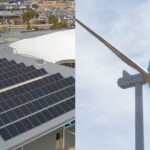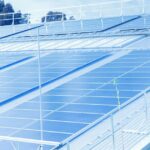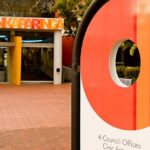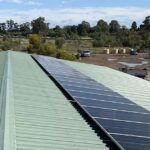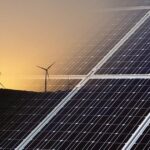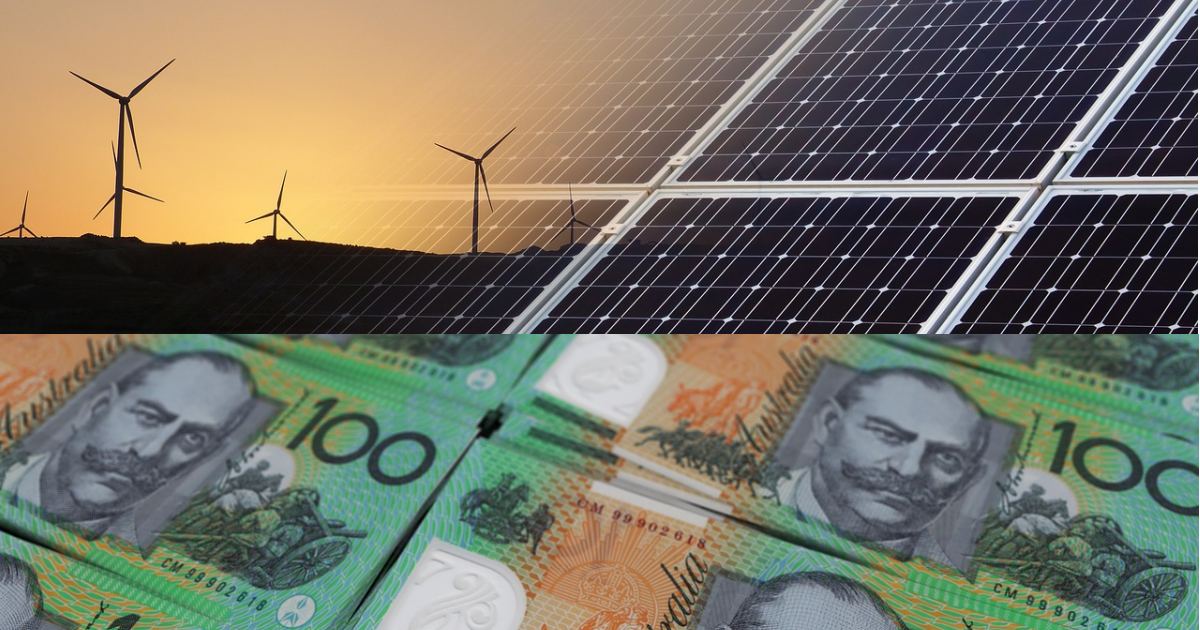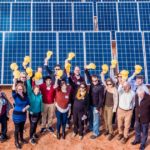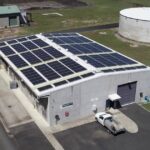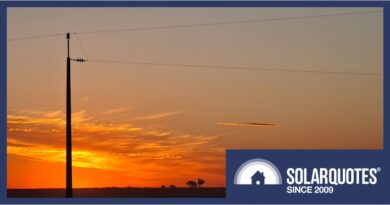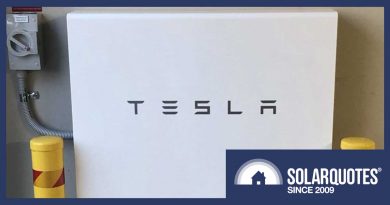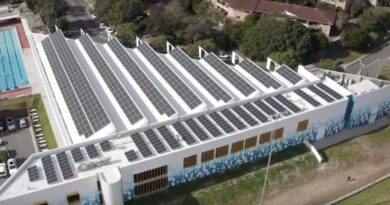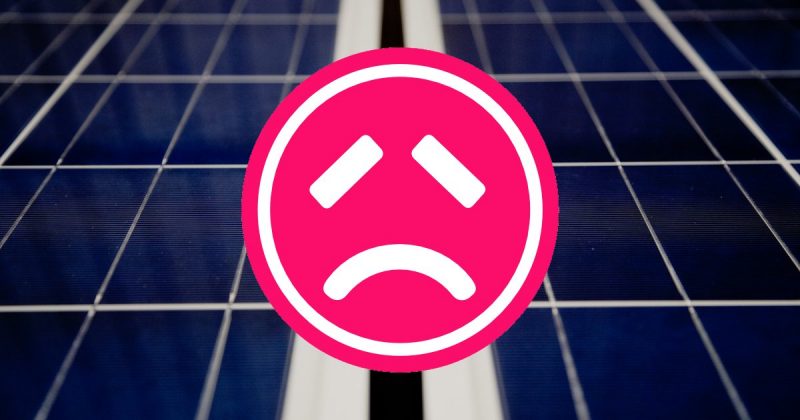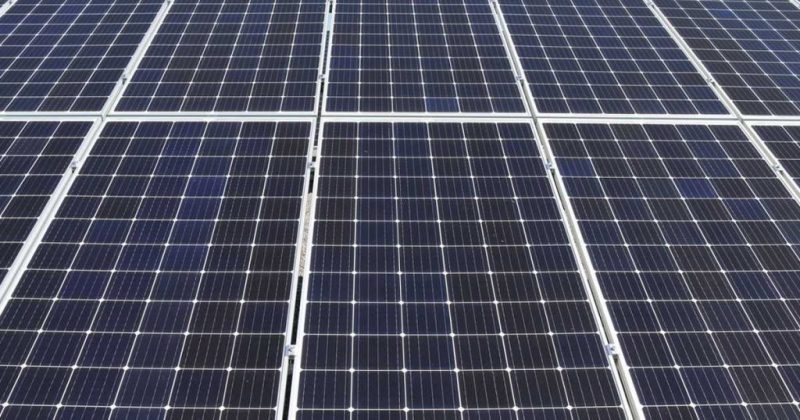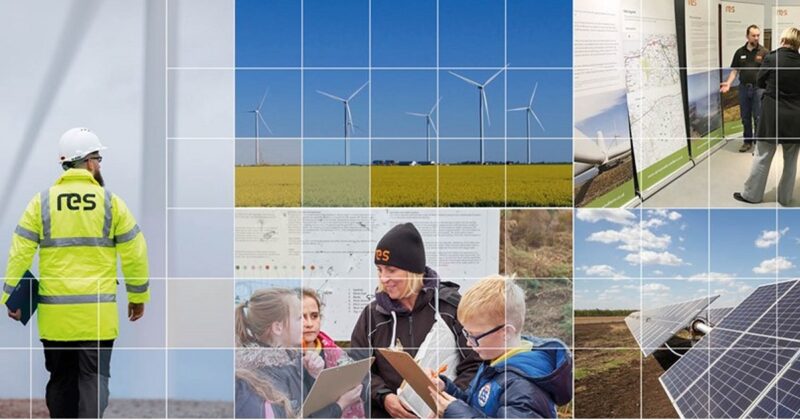City Of Whittlesea Plots Course To A Sustainable Future
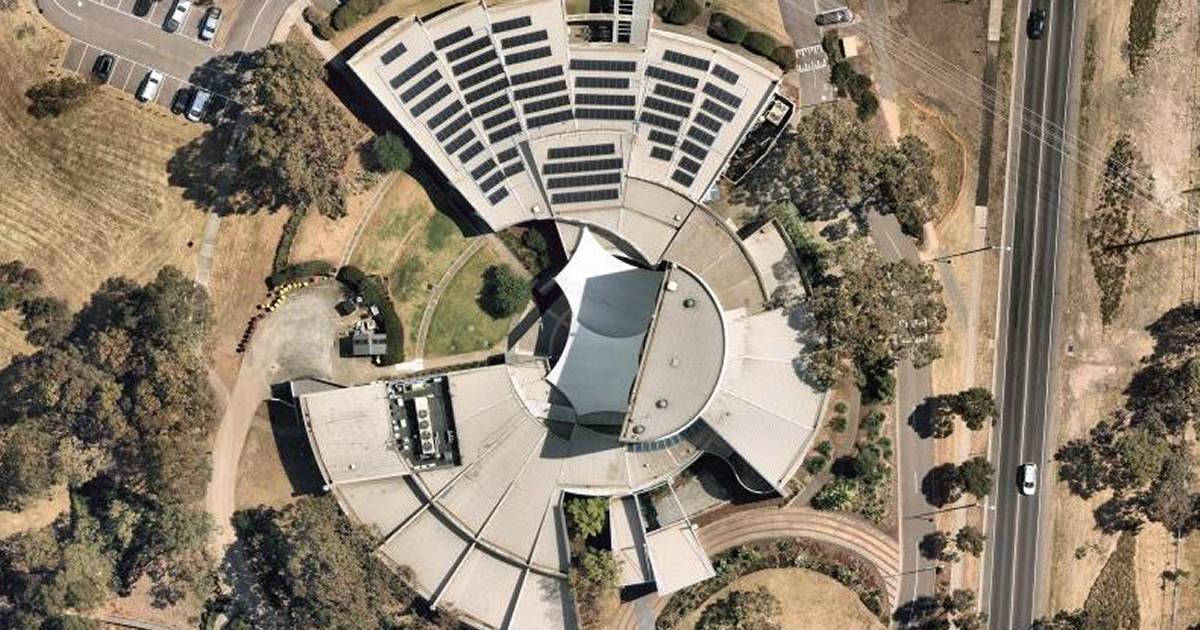
Victoria’s City Of Whittlesea has adopted a strategy and plan to tackle climate change and environmental sustainability as it works towards a net zero emissions community by 2036.
Situated in Melbourne’s outer north and covering an area of 490 square kilometres, City of Whittlesea is home to more than 229,000 people. Around 70 per cent of the City is rural area, with the other 30 per cent urban. Among its towns and suburbs are Epping, Lalor and of course, Whittlesea.
Council has been keen to get the entire community on board to tackle the drivers of climate change and environmental degradation. At a meeting on Monday, a related new long-term strategy and plan were adopted; developed after extensive consultation with the community and industry leaders. This wasn’t a token consultation – more than 800 people contributed.
The Climate Change Plan 2022-2032 reveals the biggest source of greenhouse gas emissions in the local government area come from electricity and gas consumption, accounting for 81 per cent of total municipal emissions (electricity 64 per cent and gas 17 per cent).
“Reducing this stationary energy use and switching to renewable energy sources are our biggest emissions reduction opportunities,” states the Plan.
Council Leading The Way On Renewables
With regard to its own efforts, Council has certainly been walking the talk on renewables.
100 per cent renewable electricity has been used to power Council facilities, services and streetlights since July 2021. This initiative occurred under the Victorian Energy Collaboration (VECO) Power Purchase Agreement involving 51 local governments in Victoria sourcing renewables from a couple of wind farms in the state.
City of Whittlesea has also been busy racking up solar panels on its own facilities – 1.83 megawatts of solar power systems across 74 Council owned buildings so far, plus 483 kilowatt- hours of battery storage at 20 facilities. Among the PV systems is an installation at the Plenty Ranges Arts and Convention Centre in South Morang, pictured above.
In terms of supporting the community towards net zero emissions and building on current efforts, as part of the plan Council will:
- Raise awareness and develop community leadership on energy transition and energy efficiency.
- Assist businesses and residents to take up renewables and improve energy efficiency through programs including Environmental Upgrade Agreements,
- Use the LGA’s planning scheme to increase community and business focus on emissions and climate resiliency in developments.
- Support businesses and not-for-profit organisations in accessing renewable energy based Power Purchase Agreements (PPAs)
“We know that our community are passionate about the environment and are committed to achieving a clean and sustainable future for the City of Whittlesea and we will continue to work together, and with partner organisations to achieve our shared goals,” said Chair Administrator Lydia Wilson.
Solar Energy Across The City Of Whittlesea
The LGA is doing pretty well on solar power uptake generally. The Australian Photovoltaic Institute (APVI) notes the following cumulative PV statistics for the City of Whittlesea as at the end of September this year:
- Estimate freestanding and semi-detached dwellings: 86,948
- PV Installations: 22,463 (approx. 24.5% of dwellings)
- Est. installed capacity: 128,548 kW
- Under 10kW: 100,307 kW (installations under 10kW: 21,303)
- 10-100kW: 25,092 kW (installations: 1,149)
- Over 100kW: 3,149 kW (installations: 11)
… and given the mindset of Council and the wider community, no doubt there will be many, many more solar panels to come.
Original Source: https://www.solarquotes.com.au/blog/whittlesea-net-zero-mb2727/



